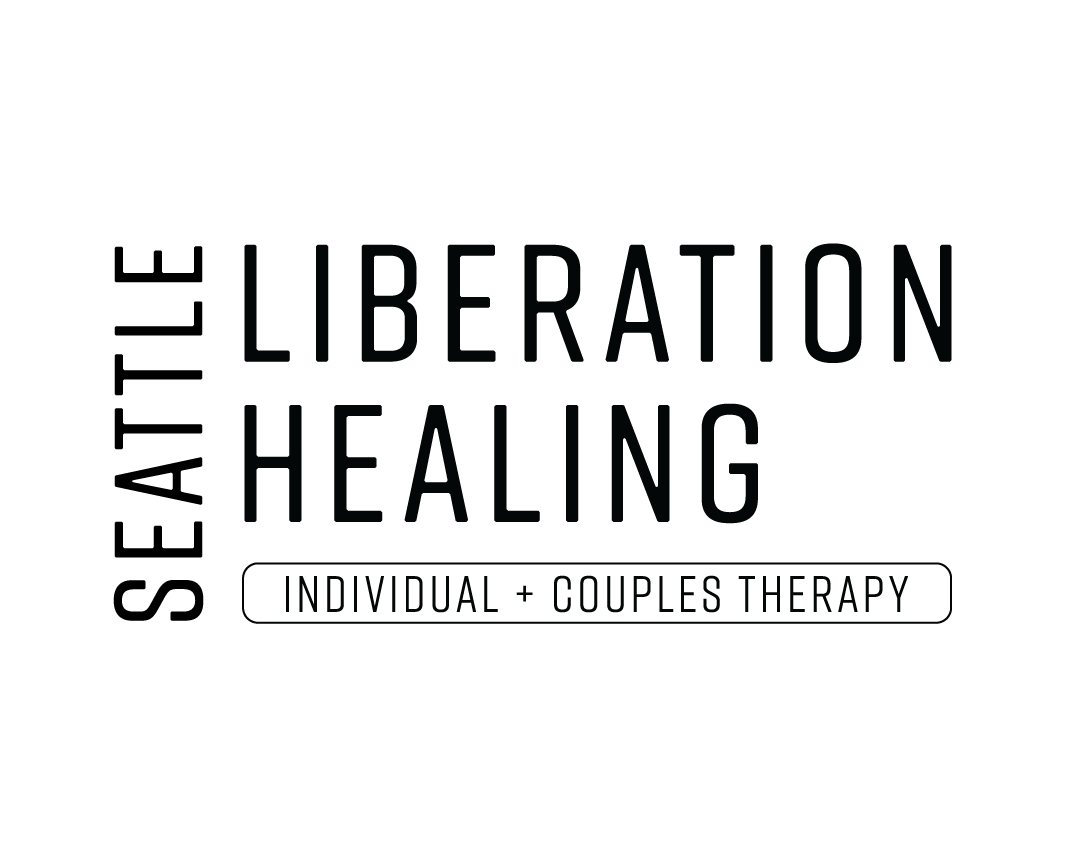Relationship 101: Questions To Ask To Learn About Your Upbringing & Attachment Style
What is Attachment Trauma?
Our early experiences impact our ability to form healthy interpersonal relationships with not just others, but with ourselves.
Human beings are relational beings; we require connection to thrive and survive. We are impacted and shaped by those who cared for us growing up as well as our cultural and social contexts. Infants and children in particular are “attached” to their mother or primary caregiver.
Sometimes, those we trusted to take care of us during childhood failed to do so through abuse (what happened to us) and neglect (what didn’t happen to us and what we didn’t receive). When this happened, we learned ways of adapting and surviving to get our needs for love and connection met.
In other words, how we expect others to treat us, how we treat others, if we believe we are worthy of love, and how we love others are the effects of our early childhood experiences, cultural influences, and social environment.
Essentially, attachment trauma impacts our ability to feel safe with others and ourselves.
We feel chronically unsafe, mistrustful, and anxious in relationships, and this manifests through the push and pull of desperately craving healthy connection, yet also fearful and ambivalent of connection and pulling away.
Types Of Attachment Styles
Nobody has truly one 100% attachment all the time.
You can have a mix and your attachment style can also shift depending on who you are with.
Secure Attachment
Capacity to express full and wide range of emotions
Has the ability to self-soothe and regulate self when overwhelmed
Has the ability to share feelings and emotions
Is generally okay with others’ feelings and emotions
Has the ability to show and convey empathy
Reach & Receive: Can ask for needs and wants as well as receive love and affirmation from others
Avoidant Attachment
Restricted emotions and empathy
Comforts self with things, activities, distractions such as exercising, work, food, substances, television, etc.
Addictions and substance use is common
Finds it difficult to share feelings
Difficulty with commitment and intimacy
Suppression of needs and wants
Values distance and space
Anxious/Ambivalent Attachment
Desires closeness, but never enough
Enmeshment & Codependency: “Merges” with other
Fear of abandonment and rejection
Clings and criticizes
Cautious about depending on others
Difficulty feeling comforted
Pursuing to almost aggression to obtain a response
Disorganized Fearful Attachment
Desires closeness, but fears it at the same time so avoids
Merge/Distance Dance: Come closer, get away (paradox)
Fearful of abandonment and rejection
Sabotages closeness and intimacy
Attracted to people who victimize and take advantage of them
No real sharing ability
Overwhelmed by others’ feelings and emotions
Dissociates when in face of strong emotio
Can I Work Toward Secure Attachment?
Yes, this includes the ability to:
Feel and think at the same time
Tolerate discomfort, rejection, conflict, and disagreement
Overall have easy and comfortable intimate relationships
Be okay being alone just as much as they are okay being with others
Have a strong sense of Self
Feel good, secure, and positive about themselves
Feel more satisfied, connected in their relationships
Questions To Ask To Learn Your Attachment
What did you learn from your family about emotions and vulnerability?
Were healthy emotions modeled?
Were emotions restricted and internalized?
Were emotions labeled bad or good?
Did one parent/caregiver feel more than the other? Or were emotions equally modeled by both caregivers/parents?
What does your culture value and prioritize?
What’s your migration history? Were you born in the United States?
Are you part of the majority culture?
Does your culture value independence, interdependence, codependence, or a mix?
What did you learn about differences growing up?
Did you have a dependable parental or caregiver figure?
Was your parent/caregiver consistent and/or predictable?
Were they inconsistent, chaotic, and/or uncertain?
Who did you turn to for comfort and support as a child?
What did comfort and support look like growing up?
How did you experience comfort and support growing up?
Who do you turn to for comfort and support now?
What does comfort and support look like now?
Do you turn to people for support and comfort?
Do you turn to yourself for support and comfort?
Do you turn to substances, distractions, and/or other forms of avoidance for support and comfort?
Do you ask for what you need?
How do you ask for what you need?
If not, why not? What prevents you?
How do you receive love?
Do you receive love and allow yourself to receive love?
If not, why not? What prevents you?
How do you give love to others?
How do you show love to others?
Do you show love to others?
If not, why not? What prevents you?
What causes most discomfort in relationships?
What scares you in relationships?
How do you temper your discomfort?
How do your relationships end?
Do you leave people?
Do people leave you?
Is it mutually agreed upon and based on open communication?
Do you stay in relationships even when they are no longer helpful and healthy?
How do you let others know something is bothering you?
Do you let others know?
If not, why not? What prevents you?
When you feel overwhelmed emotionally, who do you tell?
Do you tell anyone?
If not, why not? What prevents you?
